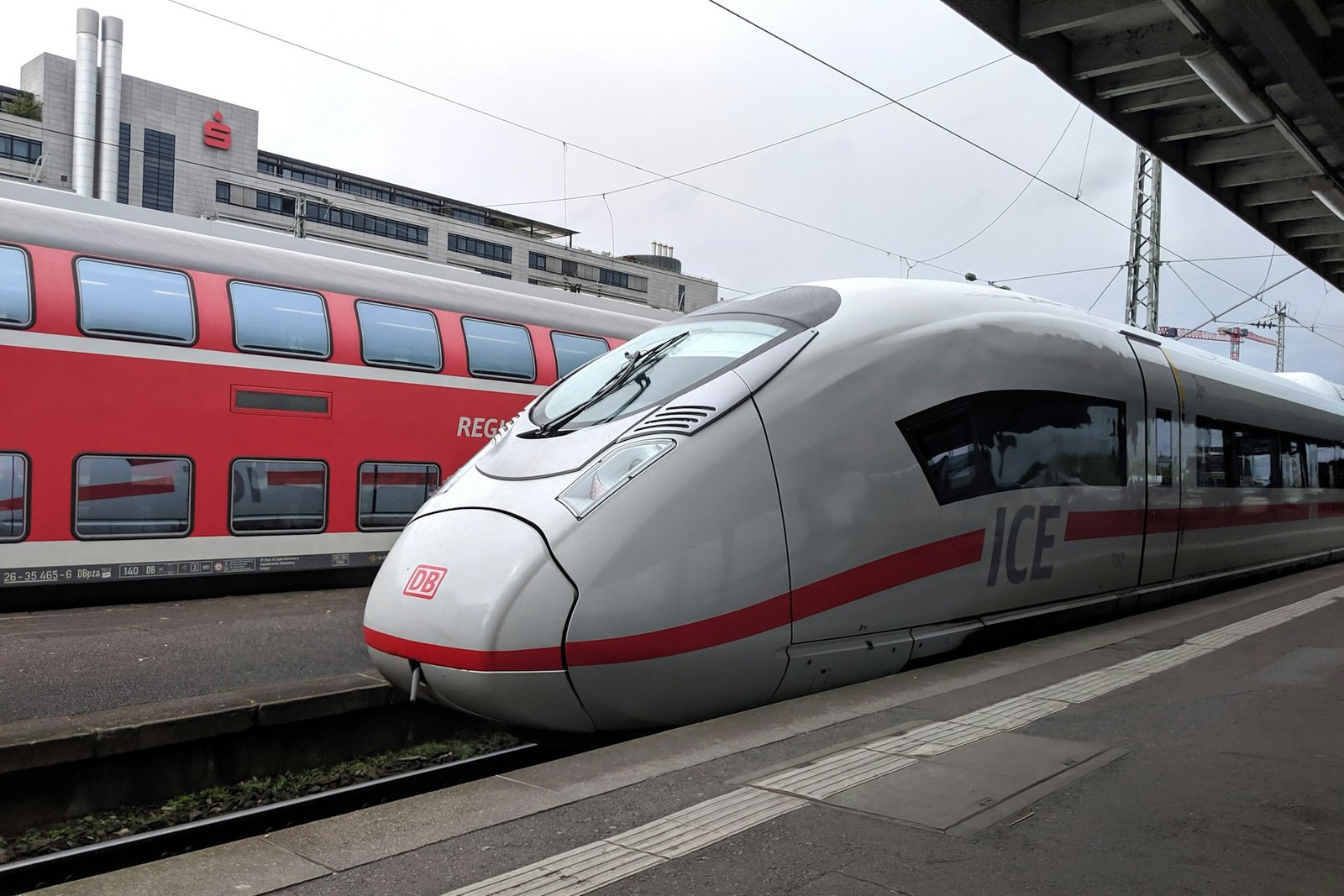Bullet Train
In transportation, few innovations have captured the imagination and excitement of the public quite like the bullet train. Also known as high-speed rail, these sleek, aerodynamic marvels have transformed how we traverse vast distances, offering unparalleled speed, efficiency, and comfort. As we hurtle into the future, the bullet train stands as a symbol of progress and ingenuity, reshaping the landscape of travel across the globe.
The Genesis of High-Speed Rail
The concept of high-speed rail dates back to the mid-20th century, with pioneering efforts in countries like Japan, France, and Germany. However, Japan’s Shinkansen, launched in 1964, truly heralded the dawn of the bullet train era. With its cutting-edge technology and speeds reaching up to 200 miles per hour, the Shinkansen revolutionized intercity travel, shrinking distances and connecting major urban centers like never before.
The Advantages of Bullet Trains
The appeal of bullet trains lies not only in their impressive speed but also in their numerous advantages over other modes of transportation.
Speed and Efficiency: Perhaps the most obvious benefit of bullet trains is their incredible speed. Traveling at velocities that outpace conventional trains and even some domestic flights, they drastically reduce travel times between cities, making day trips and weekend getaways more accessible than ever.
Environmental Sustainability: As the world grapples with the pressing issue of climate change, the environmental benefits of high-speed rail are increasingly apparent. Unlike cars or airplanes, which rely on fossil fuels and emit significant amounts of greenhouse gases, bullet trains are relatively eco-friendly. By offering a greener alternative to traditional forms of transportation, they play a crucial role in mitigating carbon emissions and promoting sustainability.
Comfort and Convenience: Step aboard a bullet train, and you’ll find yourself enveloped in comfort and luxury. From spacious seating to onboard amenities like Wi-Fi and dining options, these trains prioritize passenger satisfaction, ensuring a pleasant journey from start to finish.
Urban Development and Connectivity: The introduction of high-speed rail often spurs economic growth and urban development along its corridors. By facilitating easier access to different regions, bullet trains stimulate tourism, commerce, and investment, thereby contributing to the vitality of surrounding communities.

Global Expansion and Innovation
In the decades since their inception, bullet trains have proliferated across the globe, with countries from Europe to Asia investing in their high-speed rail networks. China, in particular, has emerged as a leader in this domain, boasting the world’s most extensive high-speed rail network. Meanwhile, countries like the United States are increasingly exploring the potential of high-speed rail to address congestion, enhance mobility, and reduce carbon emissions.
Moreover, ongoing advancements in technology continue to push the boundaries of what’s possible with bullet trains. From maglev (magnetic levitation) trains capable of reaching even higher speeds to innovations in energy efficiency and safety, researchers and engineers are continually refining and improving upon existing designs, ensuring that the bullet train remains at the forefront of modern transportation.
Challenges and Opportunities Ahead
Despite their myriad benefits, bullet trains are not without their challenges. The initial costs of building high-speed rail infrastructure can be substantial, and concerns regarding funding, land acquisition, and regulatory hurdles often arise. Moreover, ensuring the ongoing safety and reliability of these systems requires vigilant maintenance and investment in cutting-edge technologies.
However, as the world confronts the imperatives of climate change, urbanization, and sustainable development, the case for high-speed rail has never been stronger. By fostering connectivity, driving economic growth, and reducing carbon emissions, bullet trains represent a potent solution to the transportation challenges of the 21st century.
Looking to the Future
As we look to the future, the potential of bullet trains to reshape our world is immense. Whether connecting megacities or linking remote regions, these marvels of modern engineering hold the promise of a more connected, sustainable, and prosperous world. As we embark on this journey, let us embrace the spirit of innovation and cooperation, harnessing the power of high-speed rail to build a brighter tomorrow for generations to come.
Internal Link: chitkamatka

